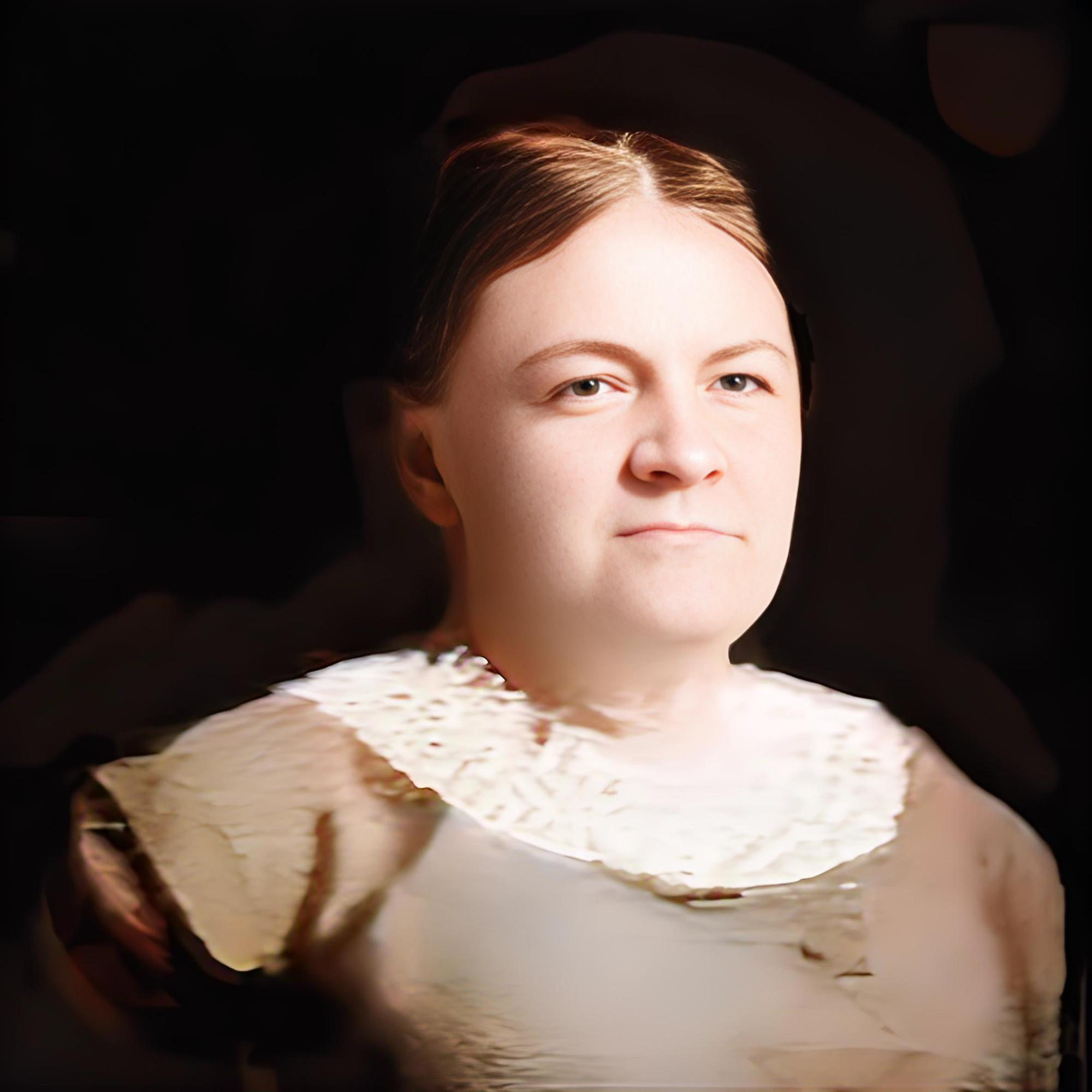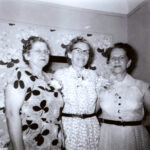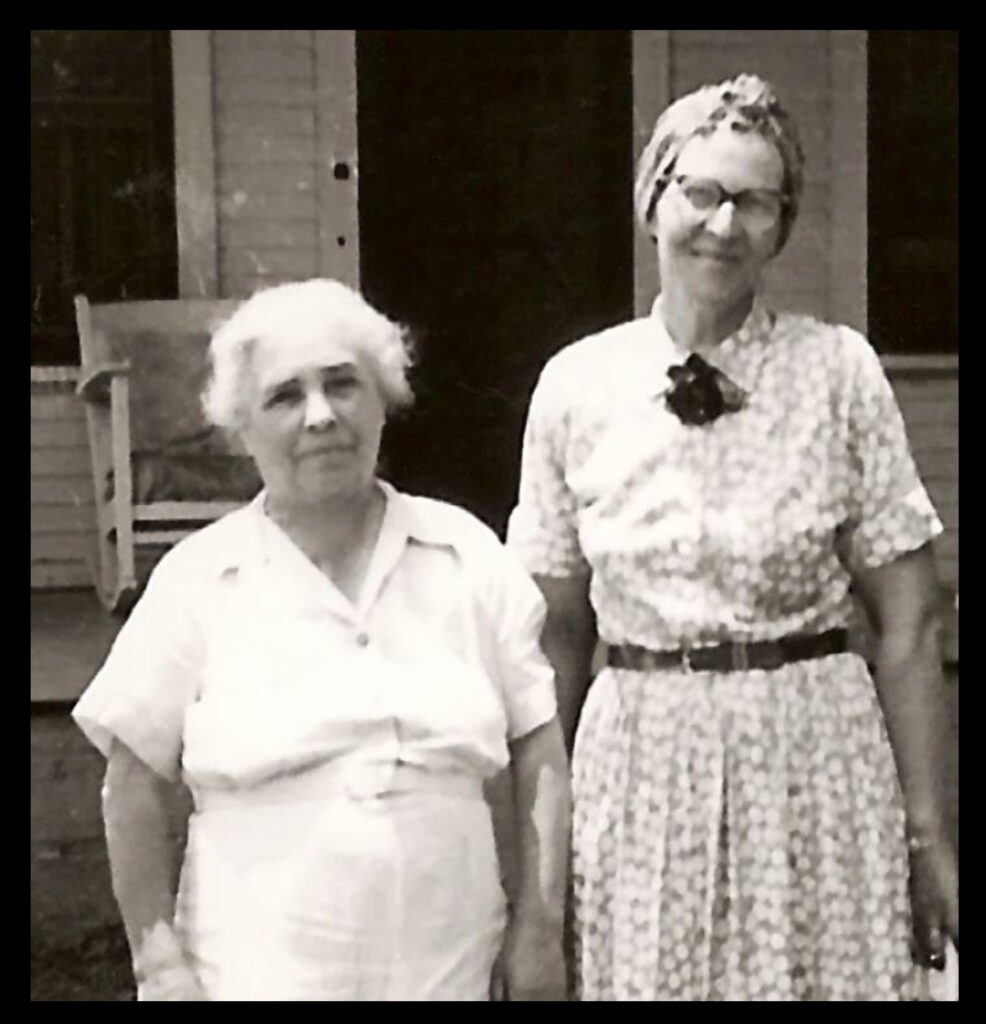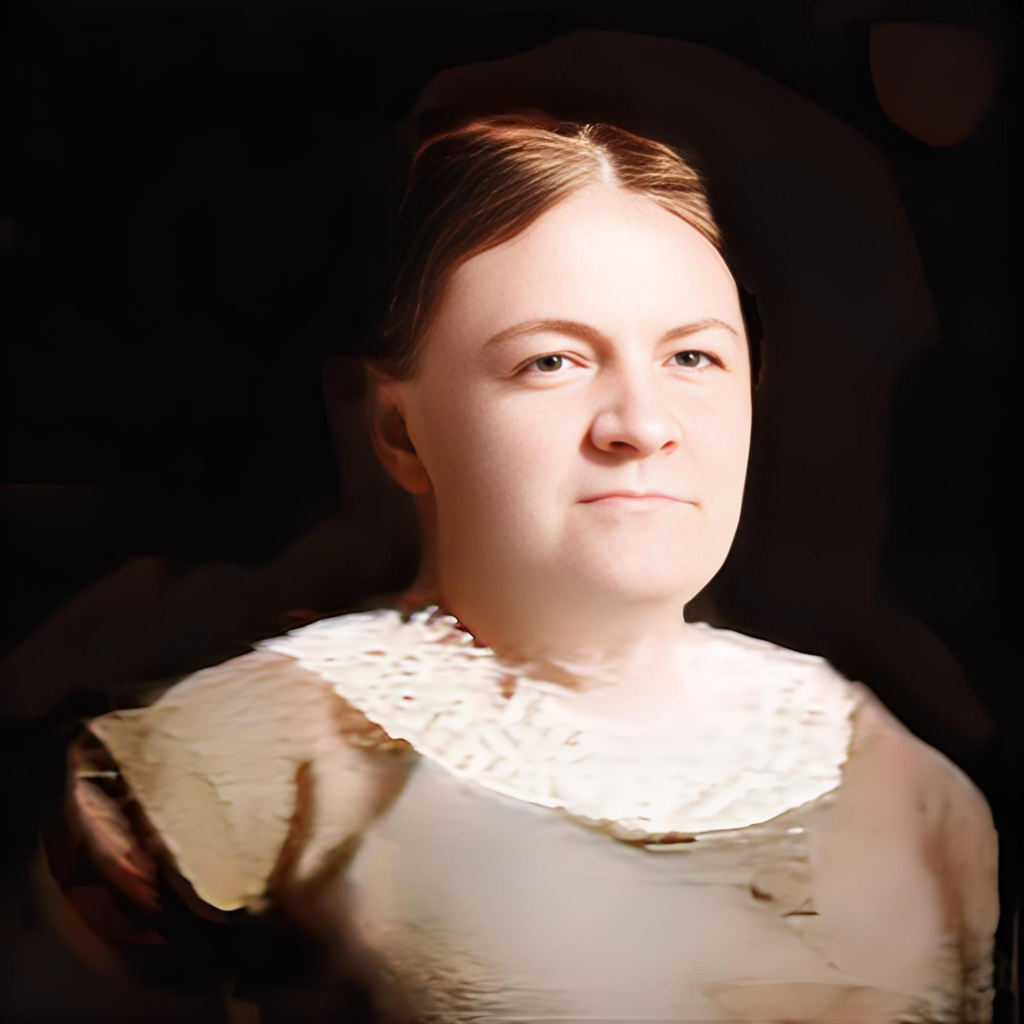
Introduction
Phebe Hathaway Bowman Fausel’s life is a testament to the resilience and determination required to thrive in the rapidly changing landscape of 19th and early 20th-century America. I have found her name spelled as both Phebe and Pheobe. She seemed to prefer Phebe (evidenced from her signature on affidavits on Christian Fausel’s pension records), so I will be using Phebe. From her early years in the burgeoning town of Milwaukie, Oregon, to her later life in the urban environment of Portland, Phebe’s story reflects the broader narrative of westward expansion, community building, and the daily realities of pioneer life. Her legacy, carried forward by her descendants, continues to embody the pioneering spirit that defined her life.
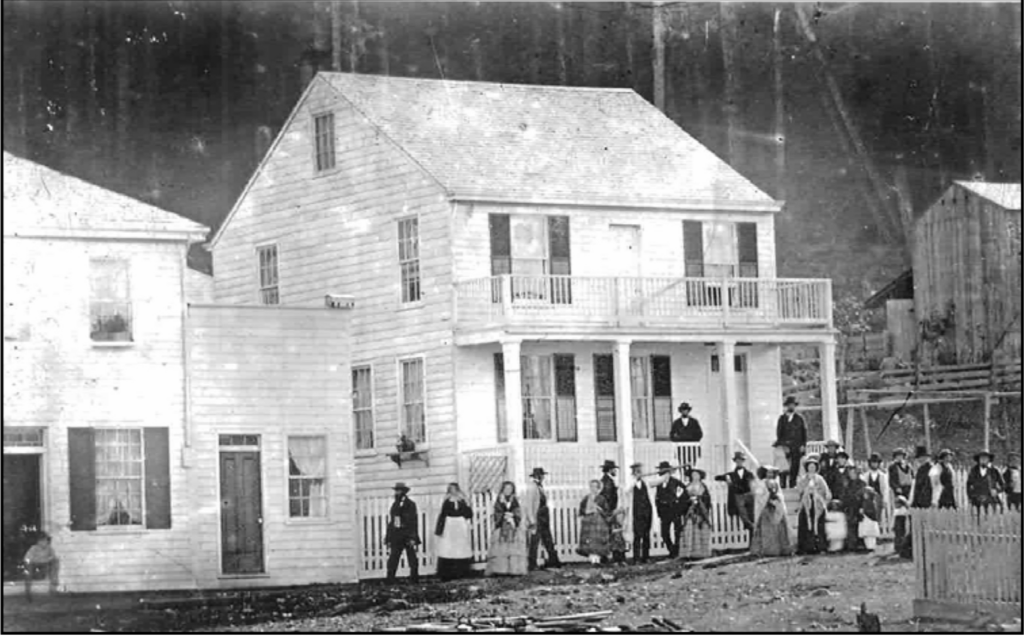
Early Life
Phebe Hathaway was born in 1849 in the vibrant town of Milwaukie, Oregon. A settlement brimming with the pioneering spirit of the Pacific Northwest, Milwaukie was a hub of activity during the mid-19th century. Phebe’s parents, Daniel and Phebe, were among the brave souls who embarked on the arduous journey west, seeking opportunity and a fresh start in the Oregon Territory. Tragically, Phebe’s mother passed away when she was just two years old, leaving her father to raise her amidst the challenges and triumphs of frontier life.
Despite this early hardship, Phebe’s childhood was far from ordinary. Milwaukie, situated on the banks of the Willamette River, was a burgeoning community that saw rapid growth during the 1850s. By the time Phebe was a toddler, the town boasted a population of around 500 people, a testament to the allure of the Pacific Northwest. The streets, though muddy and often filled with stumps, bustled with activity as settlers constructed crude wooden houses and envisioned a prosperous future. Milwaukie even had its own newspaper, the “Western Star,” for a brief period in 1850, showcasing the ambition and spirit of its residents.
Phebe’s education likely took place in the small schoolhouse built around 1851, a central gathering point for the children of Milwaukie. The schoolhouse, located on the site of what is now the Portland Waldorf School, served as a place of learning and community for Phebe and her peers. While formal education was undoubtedly important, Phebe’s most valuable lessons were likely learned through the experiences and interactions within her own family and the broader community.
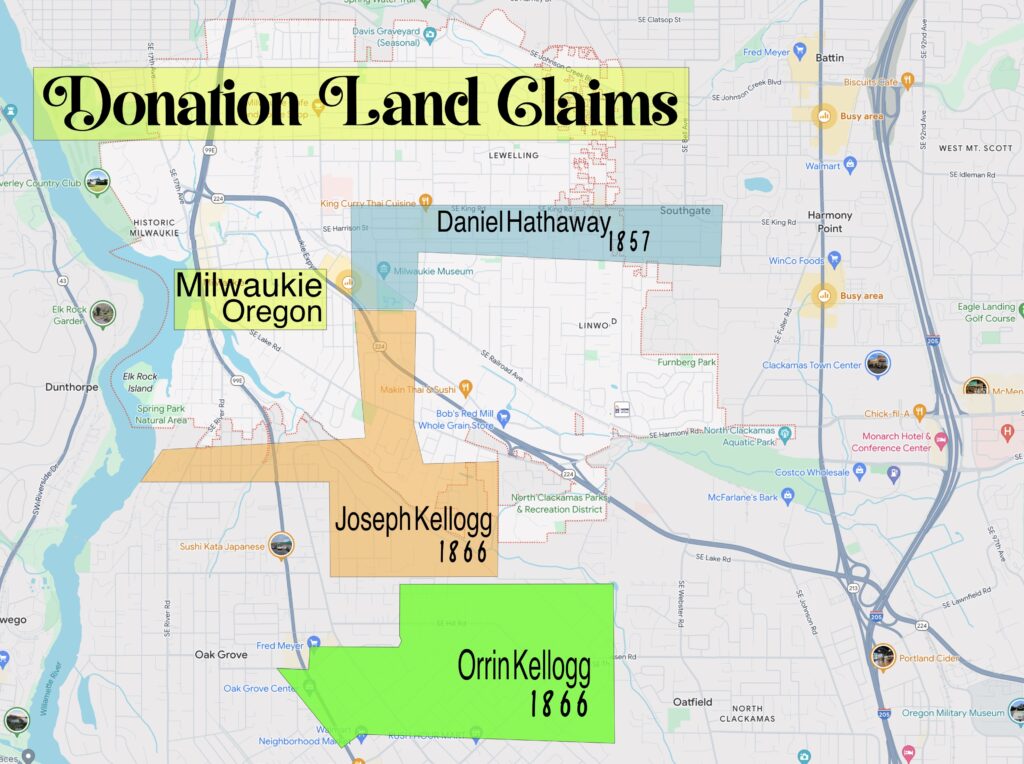
Phoebe’s family was deeply intertwined with the fabric of Milwaukie. Her grandfather, Orrin Kellogg, owned a 640-acre Donation Land Claim, where he established a tannery and cultivated various fruits. Orrin was renowned for his hospitality and generosity, and he played a significant role in the social life of the community. He was even responsible for bringing the Masonic Charter to Oregon City, a testament to his commitment to civic engagement.

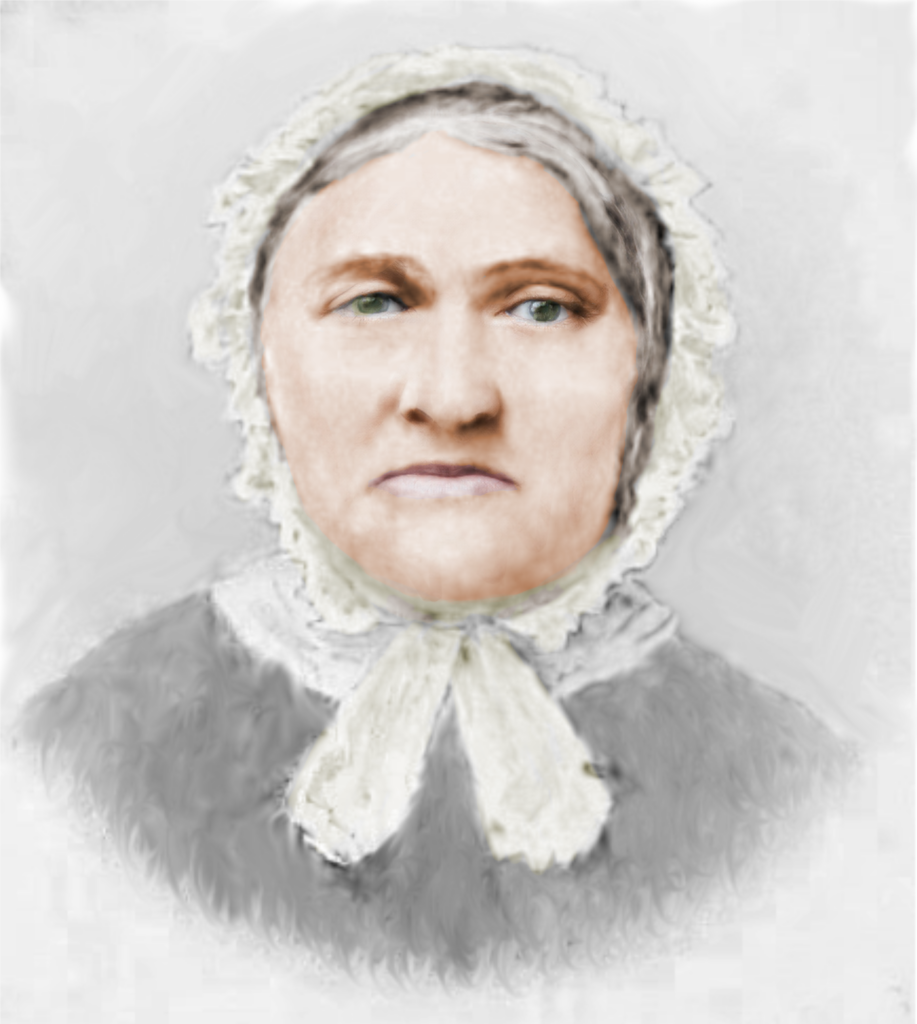
Phoebe’s uncles were equally accomplished and influential figures in the region. Joseph Kellogg, a visionary entrepreneur, helped construct the first steamship built in Oregon, the “Lot Whitcomb,” in 1850. This remarkable feat of engineering solidified Milwaukie’s position as a vital shipping port and contributed to the town’s growing reputation. Joseph’s contributions extended beyond shipbuilding, as he also built the first macadam road in Oregon and owned the largest flour mill in the Northwest. His dedication to family was unwavering, even as he faced threats from Native Americans who surrounded the Willamette Valley in 1858.
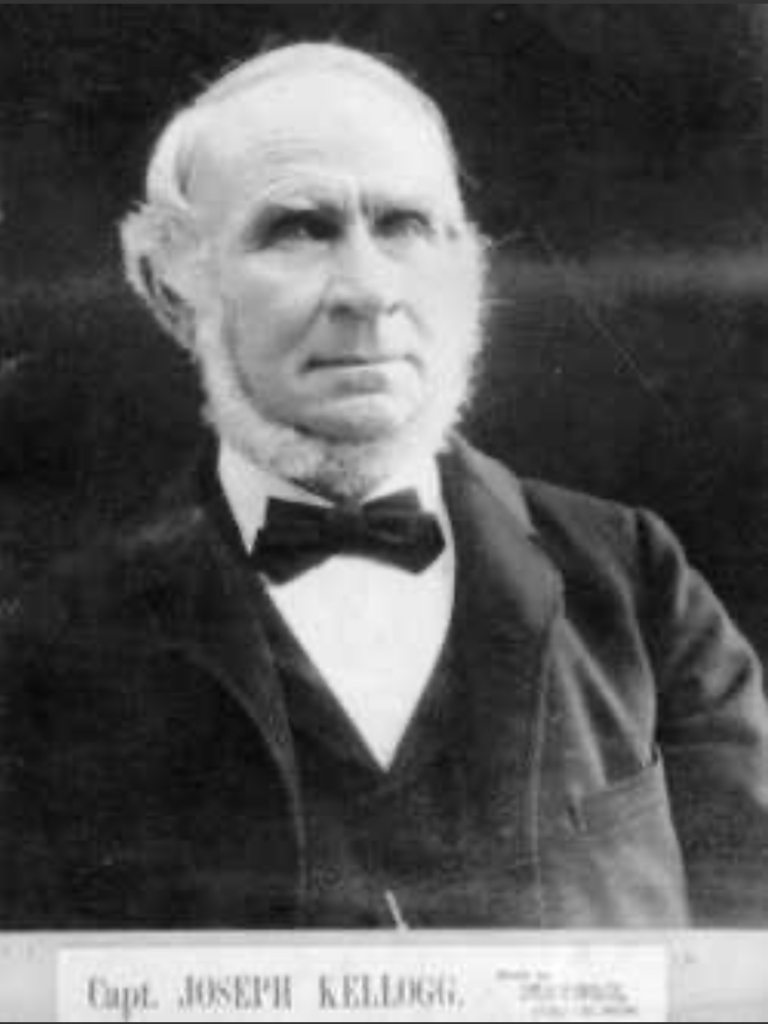
George Kellogg, another of Phoebe’s uncles, was a multifaceted individual who served as both a physician and a steamboat captain. The Kellogg family’s land claims were situated in close proximity to one another, fostering a strong sense of kinship and mutual support within the family unit. The Kelloggs, along with other prominent families like the Lewellings, played a crucial role in shaping the development of Milwaukie and the surrounding region.
Phoebe’s father, Daniel Hathaway, and her uncle, Sylvester Hathaway, were skilled millwrights who contributed to the construction of essential infrastructure in Milwaukie. Their expertise in building sawmills and flour mills was instrumental in establishing Milwaukie as a thriving center for trade and commerce. Despite the rivalry that existed between Milwaukie and the neighboring town of Portland, both communities played a significant role in the growth of the Pacific Northwest.
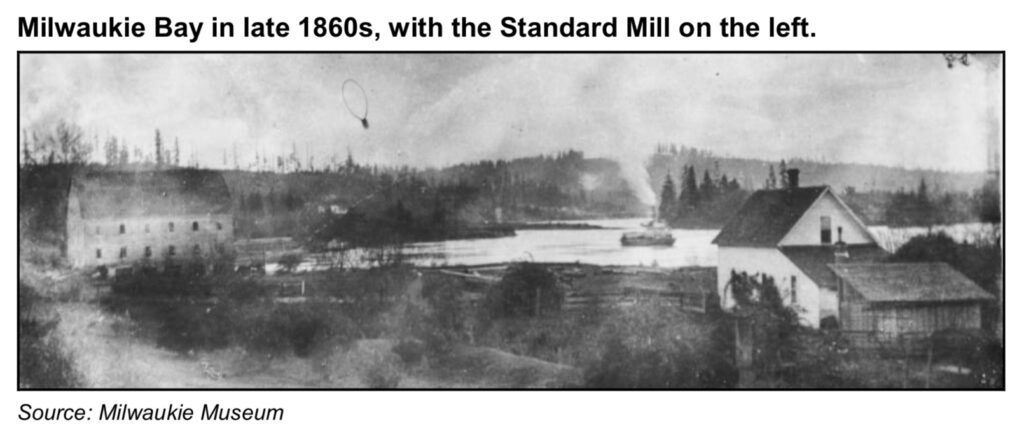
Life in Benton County
By 1870, Phoebe Hathaway and her family resided in Subdivision 5 of Benton County, Oregon, near her father, Daniel Hathaway. The land they farmed as a family was next to the farm of Henry’s mother and father, William and Mary (Shelley) Bowman. The 1870 census provides a snapshot of their household and occupations during this period of post-Civil War America, a time of significant growth and transformation7 in the West:
- Henry Bowman: Listed as a farmer with real estate valued at $500 and personal estate at $1,055. Born in Illinois, Henry represents the wave of settlers who moved west seeking new opportunities in the fertile lands of Oregon.
- Phoebe (listed as Phebe Brown): At 19 years old, she was keeping house, a common role for young women of her era. Born in Oregon, Phoebe’s upbringing in the pioneer environment likely equipped her with resilience and practical skills.
- Iva E: Their 1-year-old daughter, embodying the next generation born into the burgeoning communities of the Pacific Northwest.
- Daniel Hathaway: Phoebe’s father, aged 54, a farmer from Massachusetts, with a personal estate valued at $2,500. His presence underscores the multi-generational aspect of pioneer life, with older generations often aiding in establishing family farms.
- F. Hathaway (Freeborne): While the exact relationship to the family remains unclear, the presence of extended family members was typical in pioneer communities, provide additional labor and support.
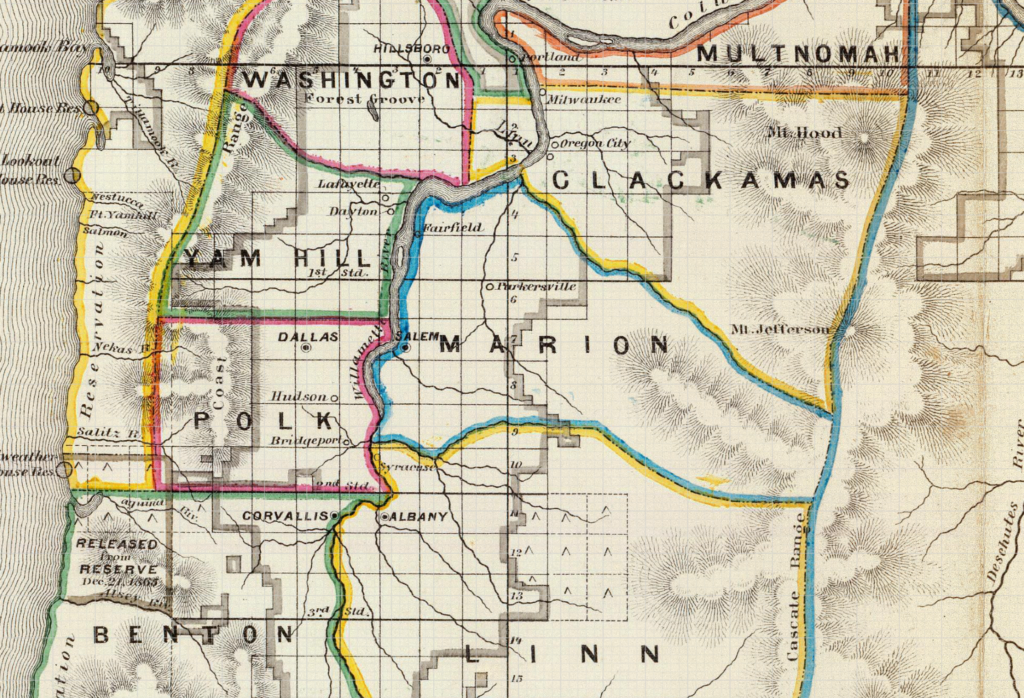
The 1870 census lists Corvallis as their post office, situating them within the growing infrastructure of Benton County. In 1871, Phoebe and Henry welcomed their second child, Lillian, born in Oregon, further rooting their family’s legacy in the state.
In 1872, the family encountered a legal challenge when a dispute involving Henry N. Bowman and Geo Kellogg was documented on the Circuit Court calendar, as reported by the Morning Oregonian on June 6th. This dispute reflects the often tumultuous nature of frontier life, where legal and personal conflicts were not uncommon.
By 1874, the family had relocated to or near The Dalles, a key hub along the Columbia River, where their son Daniel was born. The Dalles, a vital point for trade and migration, would have offered new opportunities and challenges. Later, in 1879, the family moved to Rock Creek, where Daniel Hathaway also resided. A map of Rock Creek would illustrate their proximity to the town of Olex.
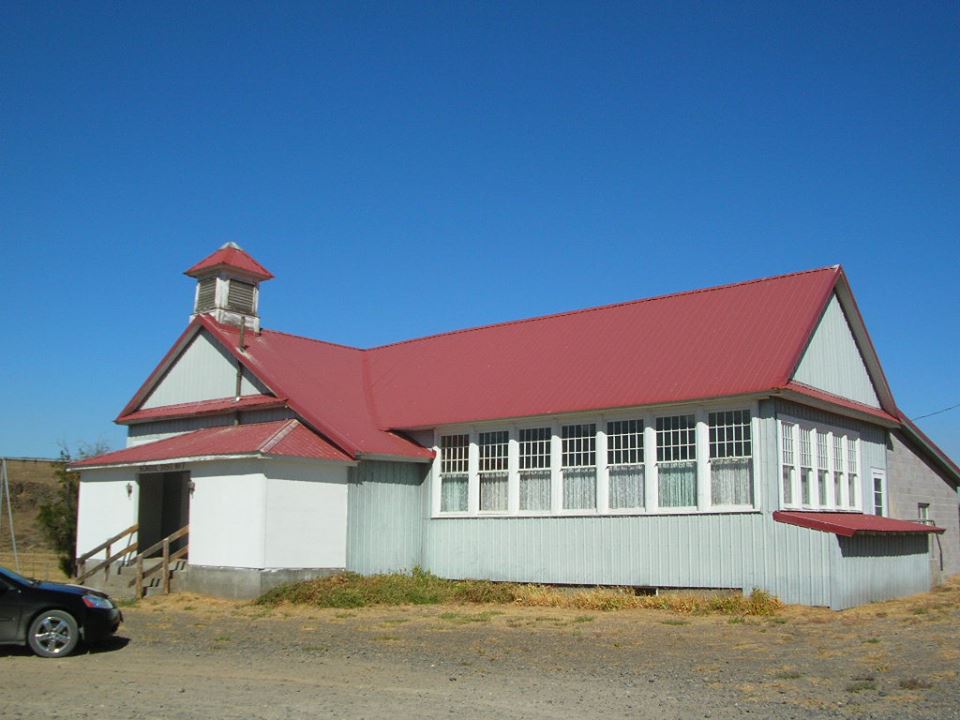
The 1870 census lists Corvallis as their post office, situating them within the growing infrastructure of Benton County. In 1871, Phoebe and Henry welcomed their second child, Lillian, born in Oregon, further rooting their family’s legacy in the state.
In 1872, the family encountered a legal challenge when a dispute involving Henry N. Bowman and Geo Kellogg was documented on the Circuit Court calendar, as reported by the Morning Oregonian on June 6th. This dispute reflects the often tumultuous nature of frontier life, where legal and personal conflicts were not uncommon.
By 1874, the family had relocated to or near The Dalles, a key hub along the Columbia River, where their son Daniel was born. The Dalles, a vital point for trade and migration, would have offered new opportunities and challenges. Later, in 1879, the family moved to Rock Creek, where Daniel Hathaway also resided.
Tragedy and Resilience
The year 1879 brought profound tragedy to Phoebe Hathaway Bowman. On March 6th, her husband, Henry N. Bowman, met a sudden and violent death while working at Rock Creek in Wasco County. The couple, alongside Phoebe’s father, Daniel Hathaway, were engaged in the laborious task of removing a large flat boulder from a field. The men had devised a plan to bury the boulder deep enough to allow plowing over it, a common but perilous task in the rugged terrain of their homestead. As Henry worked in the pit, digging beneath the massive stone, it unexpectedly gave way. The rock, unyielding and merciless, crushed him instantly, leaving Phoebe a widow and their children fatherless. The horror of the event was compounded by the struggle to free his mangled body, a task that took nearly an hour and underscored the brutality of frontier life.
From Phoebe’s perspective, the sudden loss was incomprehensible and shattering. She had shared a decade with Henry, building a life and raising children amidst the challenges and promises of the Oregon frontier. The news of his death reached their community and family in Corvallis, casting a pall of grief. The private letter received by Mr. C.B. Mays, detailing the incident, was a stark reminder of the ever-present dangers that pioneer families faced. For Phoebe, the sorrow was twofold as she mourned her husband while carrying their unborn child, Henry Bert Bowman, who was born later that year on November 20th. The weight of her grief, coupled with the responsibilities of motherhood and the uncertainty of the future, must have been overwhelming. Yet, amidst the despair, she had to find the strength to continue for the sake of her children and her father, who shared in her profound loss.
Marriage to Christian Fausel
Following the tragic death of her first husband, Henry Bowman, Phoebe Hathaway Bowman faced the formidable task of rebuilding her life and caring for her young children in the frontier town of Rock Creek, Wasco County. Life on the frontier in the late 19th century was fraught with challenges, especially for a widow. Yet, Phoebe demonstrated remarkable resilience and determination. By 1880, she lived with her father, Daniel Hathaway, a stock farmer, and her children: Iva, Lilly, Daniel Jr., and Bert. The Hathaway household was a blend of intergenerational support and cooperation, typical of many pioneer families who relied on each other for survival and stability.
In 1881, a new chapter began for Phoebe when she married Christian Fausel on September 29th at her home in Rock Creek, just north of the little town of Olex. Christian, born in 1835 in Nürtingen, Württemberg, Germany, had immigrated to the United States in 1856. He initially settled in Illinois, where he served as a postmaster and started a family. His first wife, Susan, and he had two children, Frank and Annetta. However, the Civil War disrupted their lives. Christian joined Company A of the 50th Illinois Infantry on August 20, 1861, and fought for the Union, a testament to his commitment to his new country despite his German roots. By November of that year, he stood at St. Louis, Missouri, ready for service, described in military records as standing 5 feet, 2 inches tall.
Phoebe’s marriage to Christian represented a blend of two distinct yet complementary life experiences. Christian brought a wealth of experience from his earlier life in Illinois and his military service, while Phoebe embodied the rugged spirit of the Oregon frontier. Together, they navigated the complexities of blending their families and building a future. In 1882, they welcomed a new addition to their family, a daughter named Louise, born in Olex, Oregon. This small community, with its post office established in 1874, became their home, a place where they could forge a new beginning amidst the remnants of their past hardships.
From Phoebe’s perspective, marrying Christian Fausel was both a practical and hopeful decision. It was a union that promised security and partnership at a time when the challenges of frontier life were immense. The legacy of hardship, resilience, and the constant pursuit of a better life continued with their union. Phoebe’s life, marked by significant personal loss and new beginnings, was a microcosm of the broader American pioneer experience, characterized by perseverance, adaptation, and the relentless drive to carve out a place in the vast and often unforgiving landscape of the American West.
Move to Portland
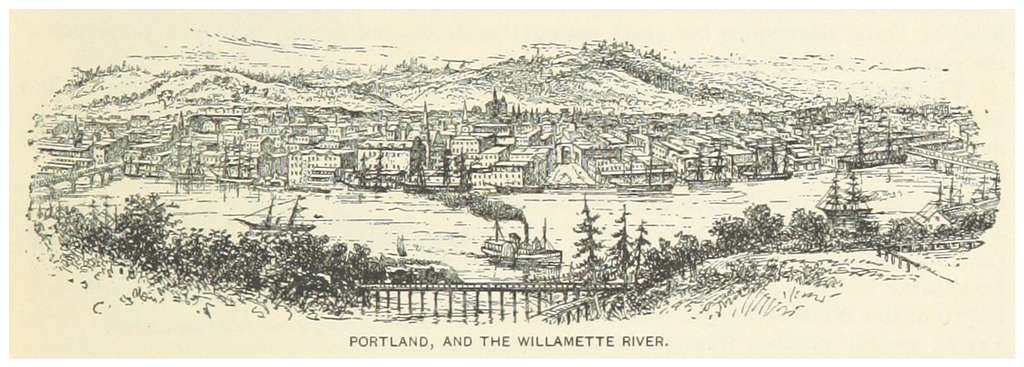
After enduring the many trials and transitions of frontier life, Phebe Hathaway Bowman Fausel made a significant move with her family to Portland, Oregon, between 1882 and 1886. This period marked a new chapter for Phebe, offering a shift from the rugged frontier to the burgeoning urban landscape of Portland. The city was rapidly growing, transformed by the arrival of the Northern Pacific Railway in 1883, which connected Portland to the rest of the nation and spurred economic development. By 1886, Phebe and Christian welcomed their son, Christian C., into the world, cementing their place in this evolving metropolis.
The late 19th century in Portland was a time of dynamic change. The city was developing into a major Pacific Northwest port, fostering industries and creating opportunities that were starkly different from the agricultural and mining pursuits of the frontier. However, the stability Phebe sought was once again shaken when her husband, Christian Fausel, passed away on March 24, 1889. Widowed for the second time, Phebe faced the daunting task of supporting her family amidst the bustling, yet often unforgiving, urban environment.
In 1893, Phebe was living at 3145 SE 26th Ave, and by 1897, she had moved to 24 Powell St. The turn of the century saw her at 645 SE 26th Ave, where she resided with several of her children and grandchildren. The 1900 Census records paint a vivid picture of her household: Phebe, now 49 years old, had given birth to seven children, six of whom were living. Her daughter Ivy Moore, son-in-law, and granddaughter were part of the household, as were her other children, Lilly Woods, Dan Bowman, Bert Bowman, Louise Fausel, and young Christopher. Each member contributed to the family’s livelihood in different ways, from working on the railroads to managing households. It was noted in Christian’s pension record that Phebe took in washing and offering boarding services in order to make ends meet.
The early 20th century continued to be marked by both personal and societal changes. By 1910, Phebe’s son Daniel was working as an engineer on a boat, reflecting Portland’s status as a thriving port city. Her daughter Louise had married Warren Godbey, and they were raising their own family within the same household. The stability Phebe had long sought was, in many ways, reflected in the interconnected lives of her children and grandchildren.
The death of her father, Daniel Hathaway, in 1900 at the age of 84, was a poignant reminder of the passage of time and the legacy of the pioneering spirit that he had instilled in his family. By 1920, Phebe, now aged 68, was living with her daughter Louise and son-in-law Warren Godbey. Warren, working for the George Lawrence Company, helped maintain the household, which included Phebe and her grandchildren, Verna and Raymond Fausel. This multigenerational household was typical of the era, where family bonds provided both emotional and economic support amidst the ever-changing backdrop of Portland.
From Phebe’s perspective, the move to Portland represented both an escape from and a continuation of the hardships of frontier life. The city’s growth and development mirrored her own resilience and adaptability. She had navigated the challenges of widowhood, raised a large family, and adapted to the urban environment, all while maintaining the values and strength she had developed during her early years in Milwaukie and Rock Creek. The rich tapestry of her life, woven with both triumphs and tragedies, stood as a testament to the enduring spirit of the pioneer women who shaped the American West.
Later Years and Legacy
As the years progressed, Phebe Hathaway Bowman Fausel continued to be a pillar of strength and resilience for her family, even as they faced numerous personal challenges and transitions. By 1926, Phebe experienced the heartbreaking loss of her daughter Lilly, who passed away in Washington. This was yet another reminder of the constant presence of both joy and sorrow in her life.
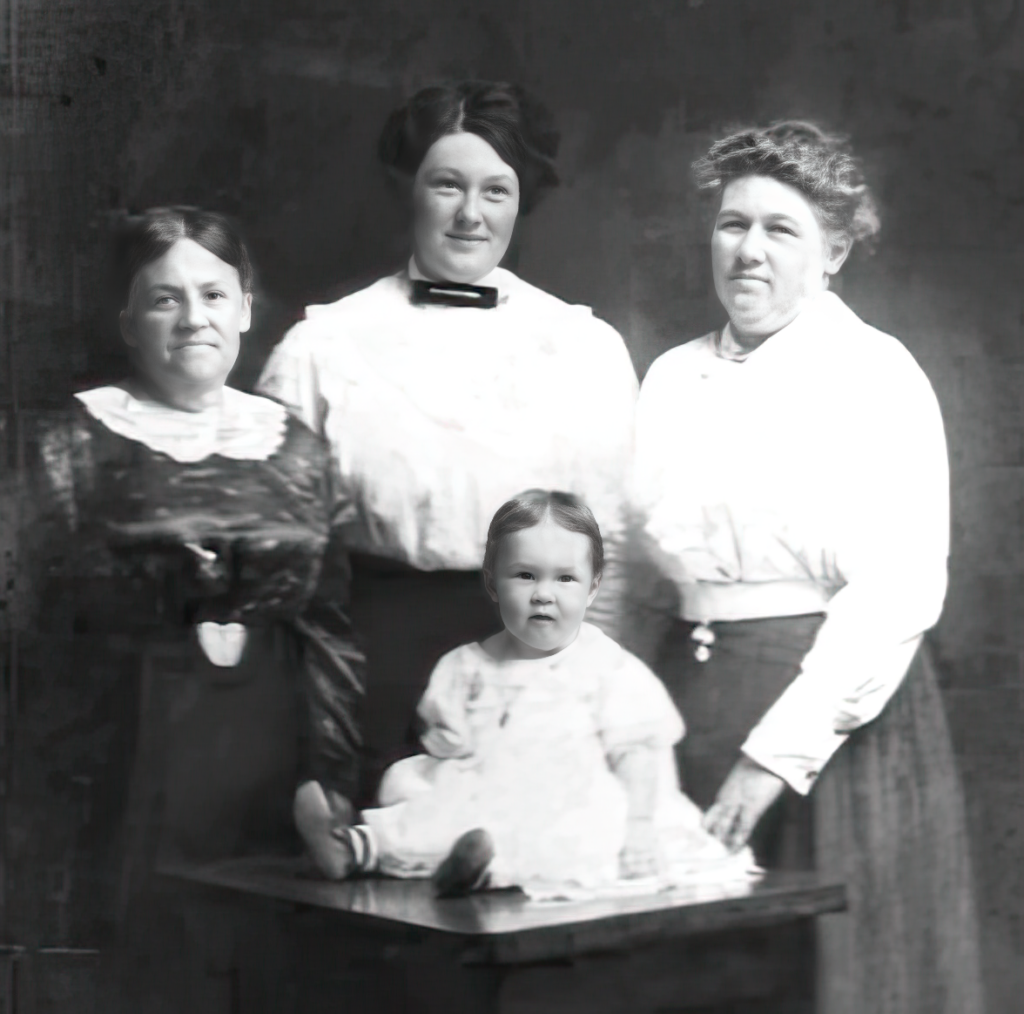
Phebe’s own journey came to an end in 1930 at St. Vincent’s Hospital in Portland, Oregon. She succumbed to a cerebral embolism at the age of 80. At the time of her death, Phebe resided at 643 SE 26th Avenue in Portland, an address now known as 1345 SE 26th. Her life had spanned an era of extraordinary change, from the early pioneering days in Milwaukie and Rock Creek to the bustling urban landscape of Portland.
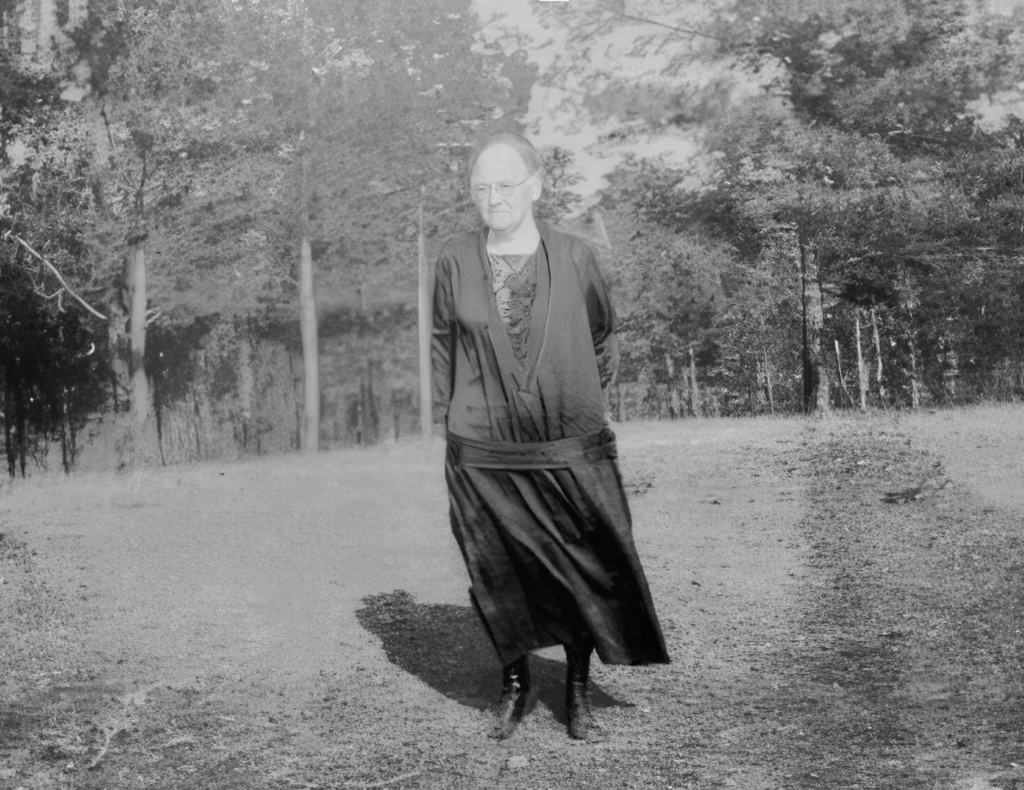
Phebe’s legacy extended through her descendants, who carried forward the family’s pioneering spirit in various ways. Her granddaughter, Francis Godbey, attended Commerce School (now Cleveland High School), situated just south of Phebe’s home. Meanwhile, James Morrison, husband to Francis, attended Benson High School in Northeast Portland. The connection between these educational institutions and Phebe’s family illustrates how the values of education and perseverance were upheld across generations.
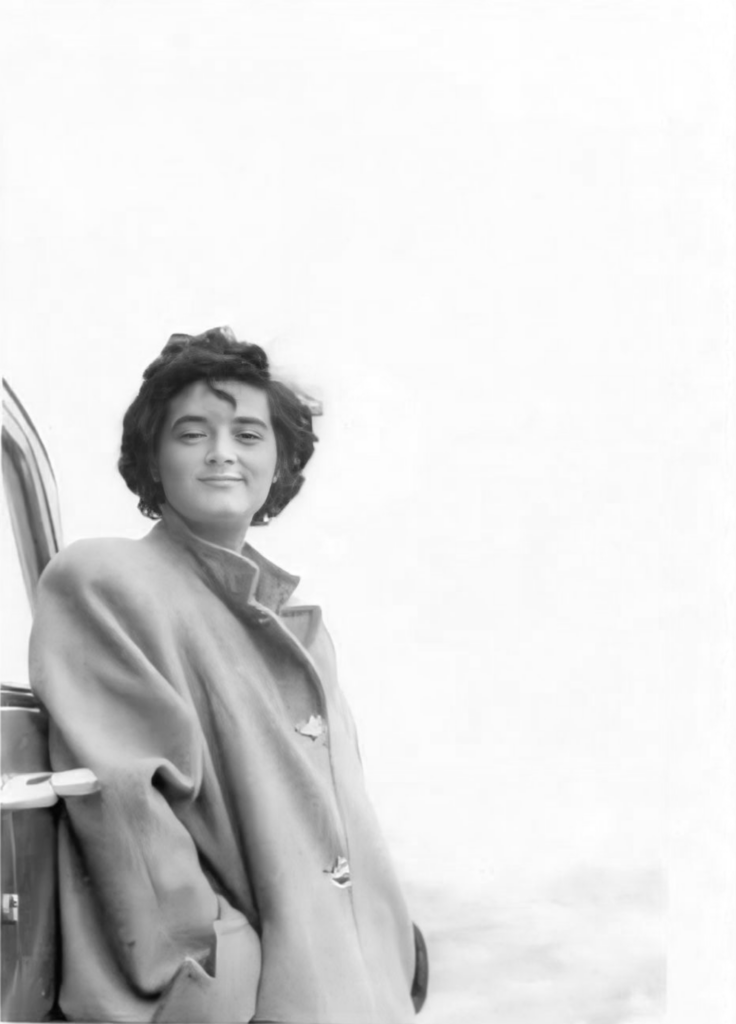
A poignant reflection by Gail Warren Morrison, Phebe’s second great-grandson, encapsulates the enduring bond with their family’s past. Gail recalled standing in front of his father’s grade school in Rock Creek on September 29, 2009, imagining the scene 126 years earlier when Phoebe and Christian were married. This memory highlights the deep roots and lasting impact of Phebe’s life on her descendants.
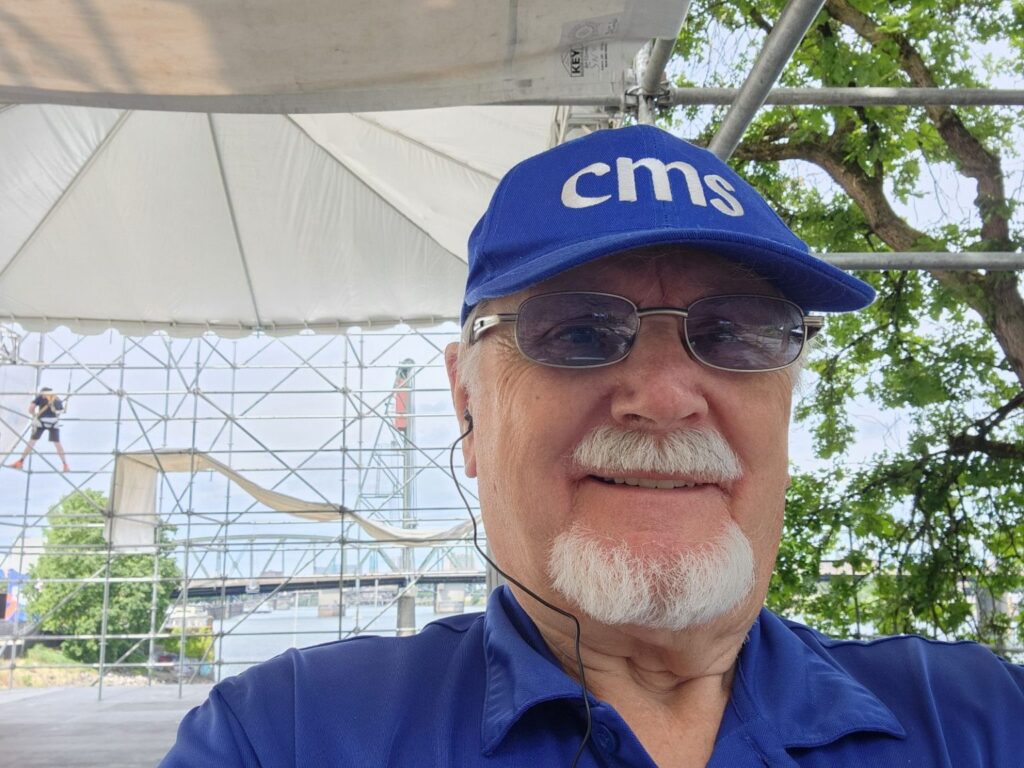
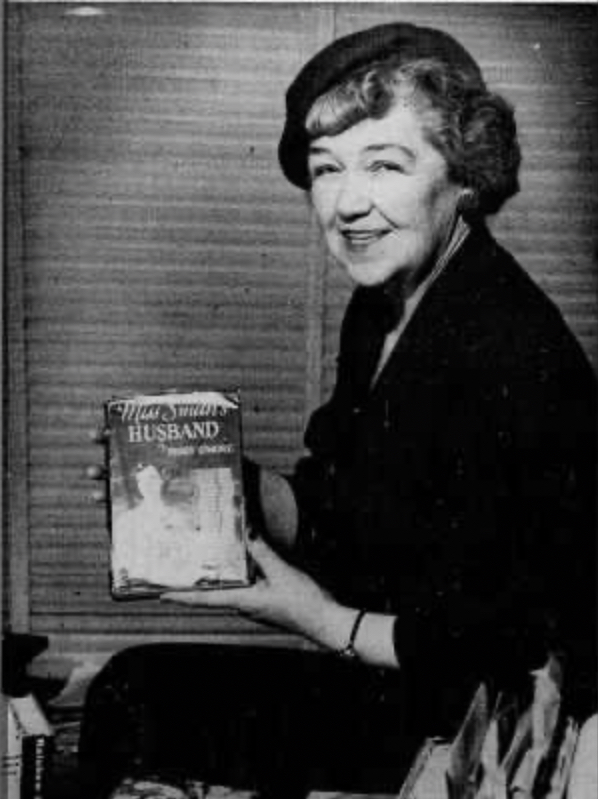
Among Phebe’s extended family was Peggy O’Moore, born Gladys Moore, who became a renowned author under her pen name. Gladys was the daughter of Iva Bowman, Phoebe’s daughter, making her Phoebe’s granddaughter. Gladys married Charles Blocklinger and went on to achieve significant success in her career, writing over 185 romance novels for young people.
Gladys Moore, aka Peggy O’Moore, author of over 185 romance novels for young people, granddaughter of Phebe.
Peggy O’Moore’s obituary from July 29, 1970, noted her passing at the age of 74 in Dallas, Oregon. She had lived in Amity before relocating to Dallas and was remembered as a prolific writer. Peggy’s creative legacy adds another layer to the rich tapestry of Phebe’s family history, illustrating the diverse paths her descendants took while maintaining the spirit of resilience and accomplishment that Phebe embodied throughout her life.
Another of Phebe’s granddaughters, Verna, led an equally intriguing life. Verna went to Louisiana for school, where she lived in a colony called Nullano and amassed a collection of photographs from this period. Despite her early adventures in Louisiana, Verna spent most of her life in and around Portland, Oregon. She lived a long and rich life, passing away on November 12, 2003, in Washington, Oregon. Verna’s experiences and longevity are a testament to the enduring legacy of Phebe’s pioneering spirit, reflecting the diverse and vibrant lives of her descendants.
Jewel’s Story
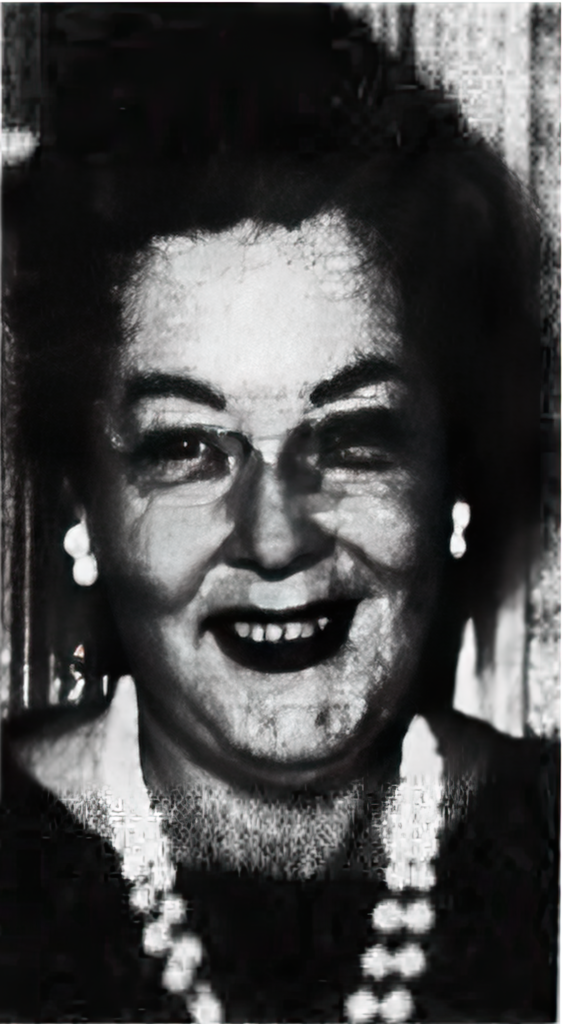
Jewel Lawrence, born on September 19, 1911, in Port Orchard, Washington, was a great granddaughter of Phebe Hathaway. Jewel inherited the pioneering spirit of her ancestors, growing up in a family deeply rooted in the history and development of the Pacific Northwest. She married George Lawrence in Seattle, Washington, in 1936, and together they built a fulfilling life. Jewel’s career as a medical secretary and office manager spanned 30 years, during which she became known for her dedication and meticulous work ethic. Her professional achievements reflected the same determination and community spirit that characterized her family’s legacy.
After retiring in 1968, Jewel and George moved to Palm Desert, California, where they embraced the tranquility and beauty of the desert. Jewel, an avid rock hound and beachcomber, found immense joy in exploring the natural world, a passion she pursued for 17 years. Following her husband’s passing in 1986, Jewel moved to Brandon in 1996 to be closer to her family. Jewel’s life was a testament to resilience, curiosity, and a deep appreciation for nature, qualities that echoed the pioneering spirit of her great grandmother, Phebe Hathaway. Her ashes were scattered at her beloved Salton Sea, ensuring that her adventurous spirit would forever remain in the place she cherished most.
Conclusion
Throughout her life, Phebe Hathaway Bowman Fausel navigated the challenges and changes of the American frontier and the burgeoning city of Portland with remarkable resilience and adaptability. Her story, interwoven with the lives of her descendants, reflects the enduring spirit of a family that contributed to the growth and development of the Pacific Northwest. Phebe’s legacy, carried forward by her children and grandchildren, serves as a testament to the strength and perseverance of the pioneer women who helped shape the American West. The rich tapestry of her life, marked by both triumphs and tragedies, continues to inspire and remind us of the profound impact of our ancestors on the world we live in today.

